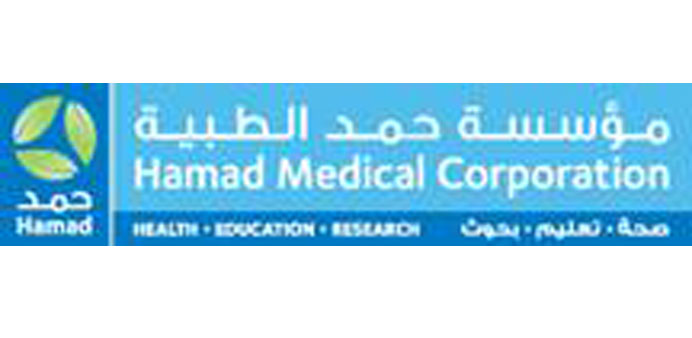About 10% of all children diagnosed with cancer at Hamad Medical Corporation (HMC) are affected by lymphoma which is the third most common type of cancer in children worldwide, a senior HMC consultant has said. World Lymphoma Awareness Day is observed on September 15.
Dr Naima al-Mulla, senior consultant, at Hamad General Hospital, said, “While the survival rates for childhood cancers are better than those for adult cancers, early diagnosis and treatment are important to avoid the need for significant therapy to treat the cancer and to reduce the risk of a relapse.”
Lymphoma develops in certain cells of the immune system known as lymphocytes. The cancer may start from the bone marrow, lymph nodes, spleen, tonsils, thymus or other lymphatic tissues as well as the lymph vessels that connect them. There are two main categories of lymphoma; Hodgkin lymphoma and non-Hodgkin lymphoma.
Dr al-Mulla said symptoms to watch out for include unexplained swelling on the neck, underarm or groin, weight loss, fever, night sweats, weakness, chest pain or trouble breathing and abdominal swelling. At an advanced stage, lymphoma may present with high fever and weight loss.
About half of all children with lymphoma receiving care at HMC’s paediatric hematology and oncology section have Hodgkin lymphoma, while the other half have non-Hodgkin lymphoma which has many different subtypes. The mainstay of therapy for both types of lymphoma is chemotherapy and in both cases at least 90% of patients can be cured when the disease is diagnosed and treated at an early stage.
When treated at an advanced stage, patients with Hodgkin lymphoma have a slightly lessened chance of survival but may need more intensive chemotherapy and in some cases radiotherapy as well. Non-Hodgkin lymphoma, on the other hand, is a more aggressive tumor that quickly develops and spreads to other areas of the body and this can reduce the chance of survival if the cancer is treated at a late stage.
HMC uses Positron Emission Tomography after chemotherapy to determine whether a patient actually needs radiotherapy as further treatment.



